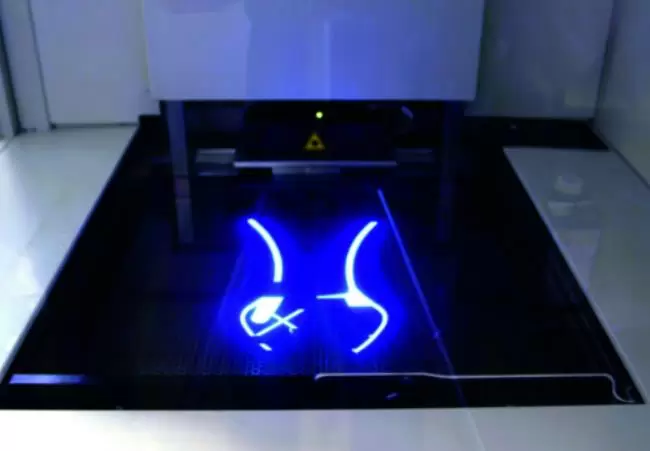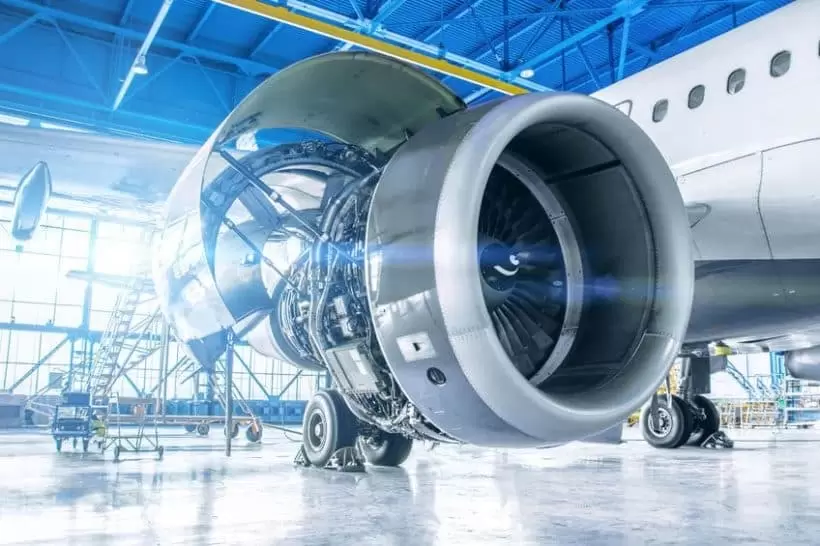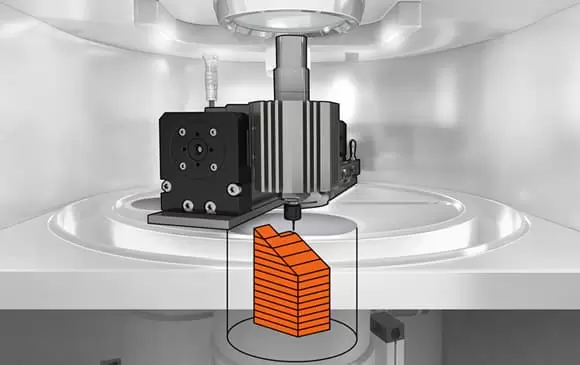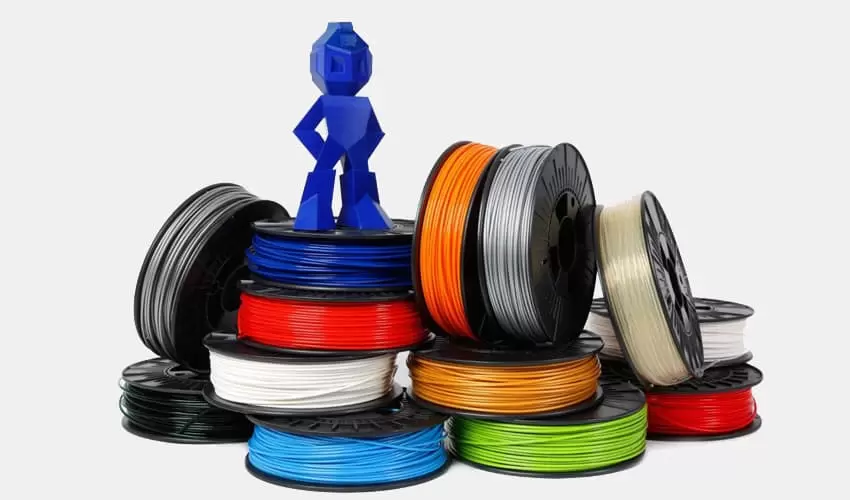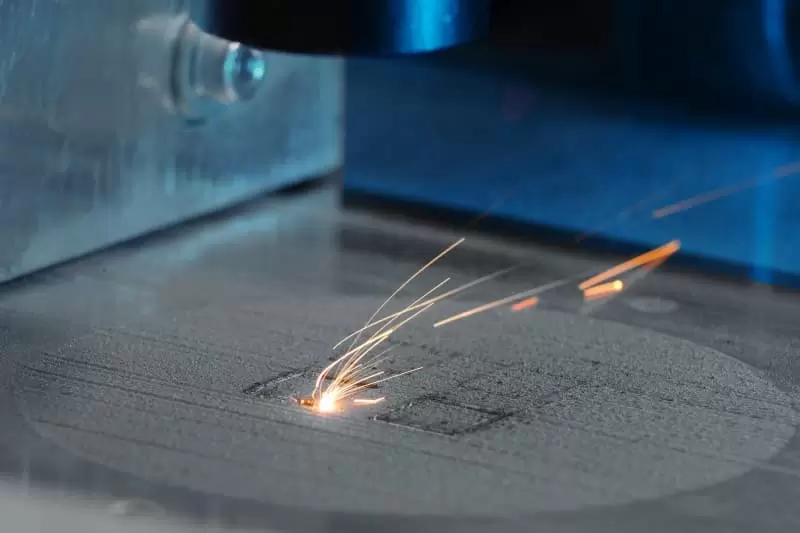This article aims to provide a comprehensive guide on SLA in additive manufacturing. We will cover the basics of SLA 3D printing material, SLA vs SLS process, the SLA process for polymers, the two types of SLA, and the difference between SLA and other 3D printing technologies.
Table of Content:
I. Introduction to SLA in additive manufacturing
II. What is SLA 3D printing material?
III. SLA vs SLS process
IV. The SLA process for polymers
V. Two types of SLA
VI. Differences between SLA and other 3D printing technologies
VII. Conclusion
I. Introduction to SLA in additive manufacturing
Additive manufacturing, also known as 3D printing, is a rapidly growing industry that is revolutionizing the way we manufacture products. One of the most popular 3D printing technologies is stereolithography (SLA), which produces objects by curing liquid resin layer by layer using ultraviolet (UV) light. In this article, we will dive into the world of SLA in additive manufacturing and explore its different aspects.
II. What is SLA 3D printing material?
The material used in SLA 3D printing is typically a liquid resin that is cured by a UV laser or light. This resin can be either clear or colored and may contain fillers such as glass or carbon fibers. SLA resins come in different types, including standard, tough, flexible, and high-temperature.
III. SLA vs SLS process
SLA and selective laser sintering (SLS) are two different 3D printing technologies that both use lasers but operate differently. SLA uses lasers to cure liquid resin, while SLS uses lasers to fuse powdered materials. SLA produces parts with smoother surfaces and higher accuracy, while SLS can print larger and more complex objects.
IV. The SLA process for polymers
In the SLA process for polymers, a liquid photopolymer is cured layer by layer using a UV laser. The laser traces the shape of each cross-section by curing the liquid resin. Once the first layer is cured, the build platform moves down, and a new layer of liquid resin is spread on top. The process repeats until the part is complete, and the excess resin is drained away.
V. Two types of SLA
There are two types of SLA: vat photopolymerization and masked SLA. Vat photopolymerization involves a build platform that moves up and down, and a resin tank that contains the liquid resin. The UV laser passes through a transparent bottom of the tank and cures each layer of resin. Masked SLA, on the other hand, uses a projector to display an image of each layer onto the resin, curing it to form the object.
VI. Differences between SLA and other 3D printing technologies
SLA, SLS, and fused filament fabrication (FFF) are three different 3D printing technologies that have different strengths and weaknesses. SLA produces high-quality parts with fine details, SLS is good for printing larger parts with complex geometries, and FFF is suitable for rapid prototyping and producing functional parts. Digital light processing (DLP) is similar to SLA but uses a projector to display the image on the resin instead of a laser.
VII. Conclusion
SLA is a popular 3D printing technology that produces high-quality parts with fine details. It uses a liquid resin that is cured layer by layer with a UV laser. SLA is different from other 3D printing technologies such as SLS, FFF, and DLP, which all have different strengths and weaknesses. By understanding the basics of SLA in additive manufacturing, you can make a more informed decision about which 3D printing technology is best for your needs.
tips: What is SLA vs SLS process?
SLA and SLS are two common types of additive manufacturing processes that use lasers to create solid objects from a liquid or powder material. SLA stands for stereolithography, and it involves curing a liquid resin with a UV laser beam. SLS stands for selective laser sintering, and it involves fusing a powder material with a CO2 laser beam. Both processes can produce complex shapes and high-resolution details, but they have different advantages and disadvantages depending on the application and the material used.
